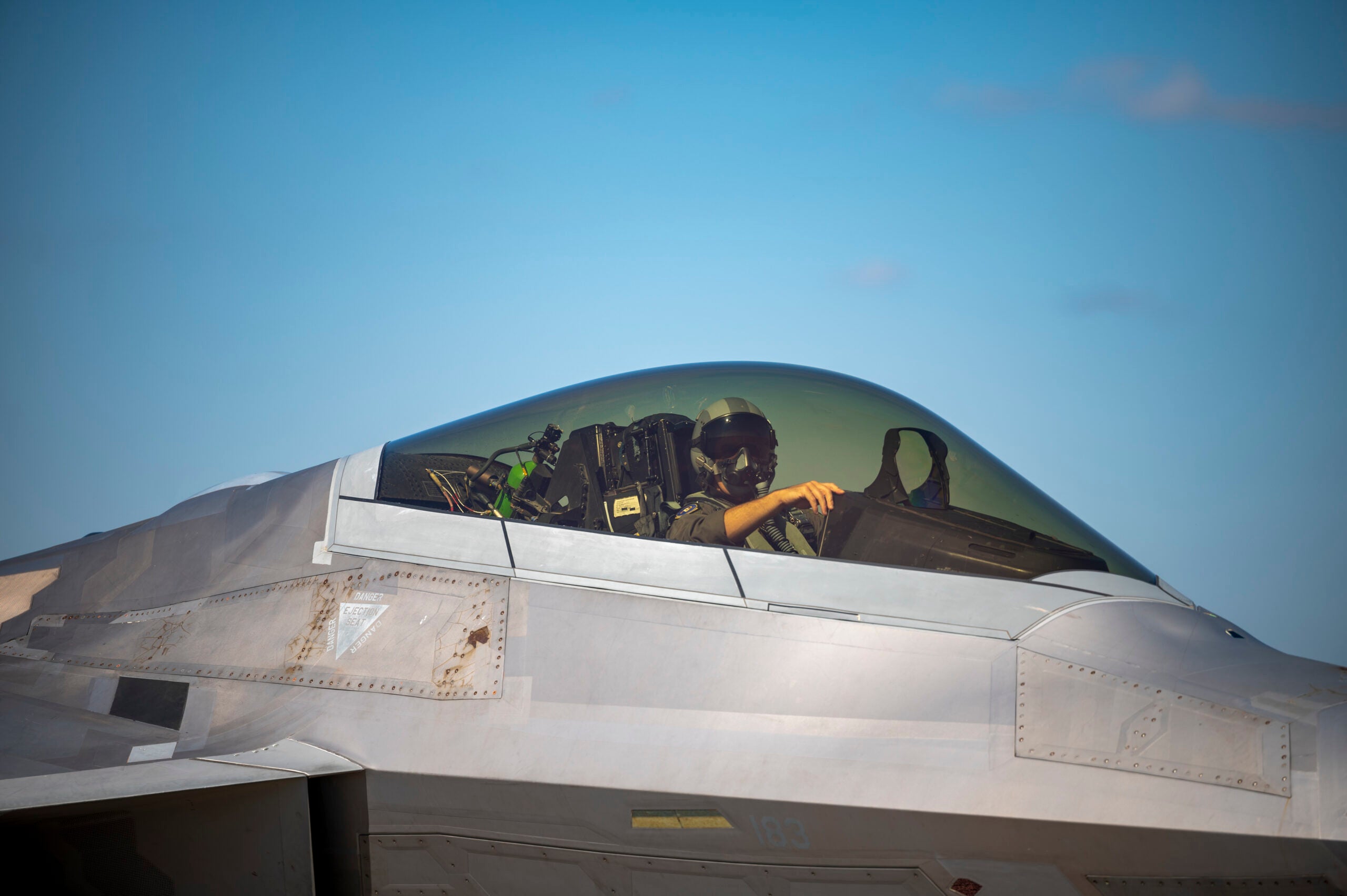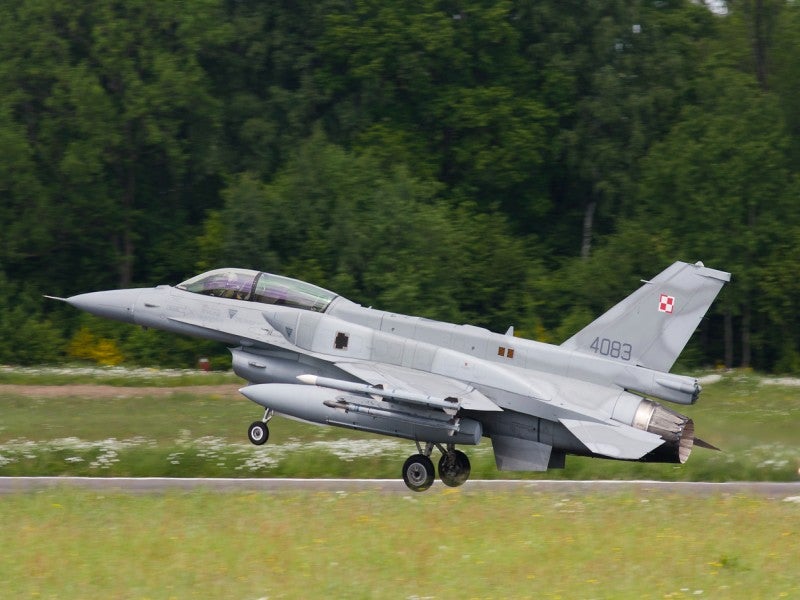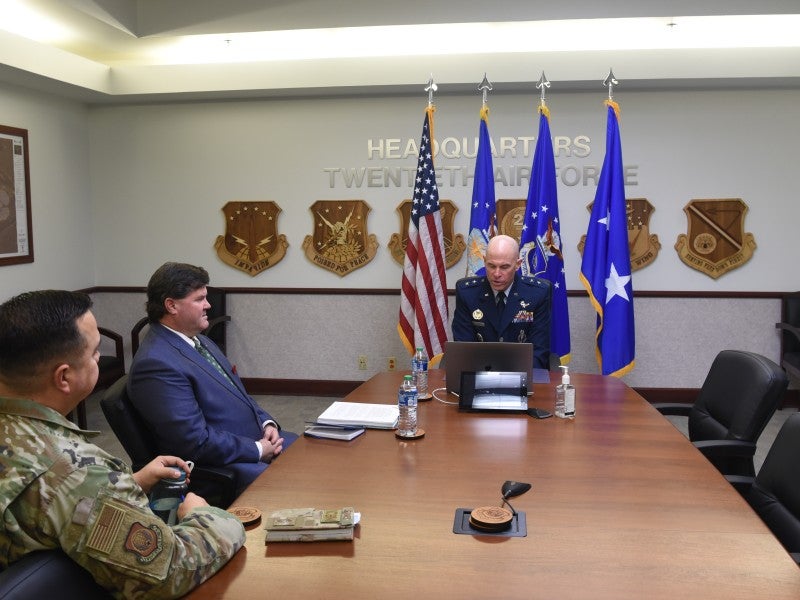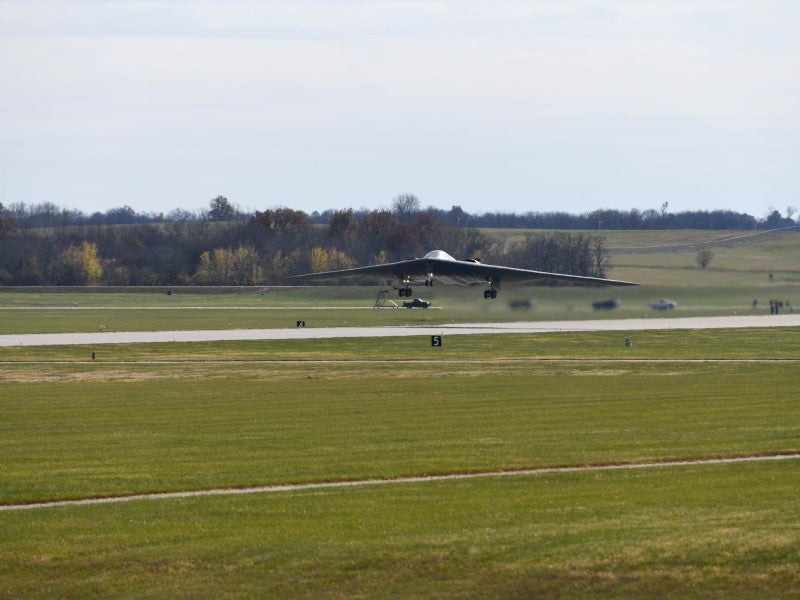
The US Department of Defence’s (Dod) two-week-long air-to-air exercise Checkered Flag 23-1 has successfully concluded at Tyndall Air Force Base (AFB) in Florida, US.
The large-scale event provides an opportunity to integrate multiple units accompanied by various fourth and fifth-generation aircraft.
It improves the mobility, employment and deployment capabilities of the participant military aviators and maintainers.
Conducted between 31 October and 10 November, the latest iteration of Checkered Flag involved the participation of around 1,000 airmen and more than 50 air assets from the US Air Force (USAF), US Navy and the Royal Australian Air Force (RAAF).
The aircraft to undertake this rigorous flying operation included the E-7A Wedgetail from RAAF Base Williamstown, Australia, F-35A Lightning II from Hill AFB, F-22 Raptor from Joint Base Langley-Eustis and E-3 Sentry from Tinker AFB.
The fourth-generation aircraft, including the US Navy’s F/A-18 Super Hornet, USAF’s F-16 Fighting Falcon from Tulsa Air National Guard Base, and F-15E Strike Eagle from Mountain Home AFB, also participated in the exercise.
During the exercise, all the participant aircraft were also engaged in the Weapons System Evaluation Programme-East, which is the USAF’s 53rd Weapons Evaluation Group-run air-to-air weapons evaluation programme.
Combining the two activities together allows the USAF to save various resources and provides enhanced training battlefield to support different aircraft and personnel from different services, countries and units.
Checkered Flag exercise has been designed to support the US Air Combat Command commander’s strategy to deliver training to the country’s Immediate Response Force, which is responsible for quickly undertaking worldwide missions in response to emergency situations.
Conducted twice every fiscal year, the activity is supported by team Tyndall AFB.
The previous iteration was held earlier this year between 9 to 20 May.




